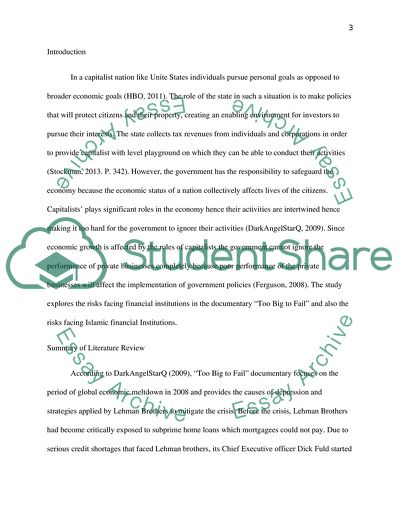Cite this document
(“DOCUMENTARY: TOO BIG TO FAIL (2011; DRAMA; 99 MINUTES MOVIE; SYSTEMIC Term Paper”, n.d.)
Retrieved from https://studentshare.org/macro-microeconomics/1628861-documentary-too-big-to-fail-2011-drama-99-minutes-movie-systemic-risk
Retrieved from https://studentshare.org/macro-microeconomics/1628861-documentary-too-big-to-fail-2011-drama-99-minutes-movie-systemic-risk
(DOCUMENTARY: TOO BIG TO FAIL (2011; DRAMA; 99 MINUTES MOVIE; SYSTEMIC Term Paper)
https://studentshare.org/macro-microeconomics/1628861-documentary-too-big-to-fail-2011-drama-99-minutes-movie-systemic-risk.
https://studentshare.org/macro-microeconomics/1628861-documentary-too-big-to-fail-2011-drama-99-minutes-movie-systemic-risk.
“DOCUMENTARY: TOO BIG TO FAIL (2011; DRAMA; 99 MINUTES MOVIE; SYSTEMIC Term Paper”, n.d. https://studentshare.org/macro-microeconomics/1628861-documentary-too-big-to-fail-2011-drama-99-minutes-movie-systemic-risk.


